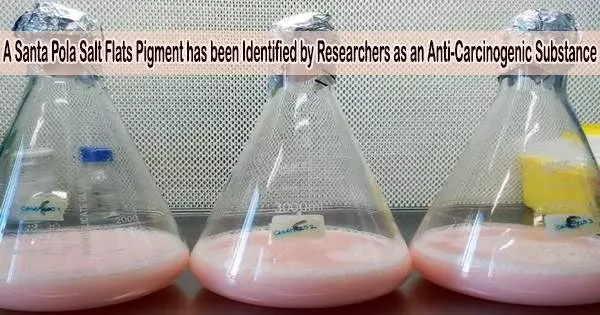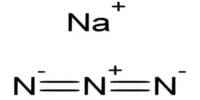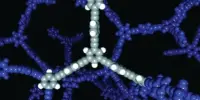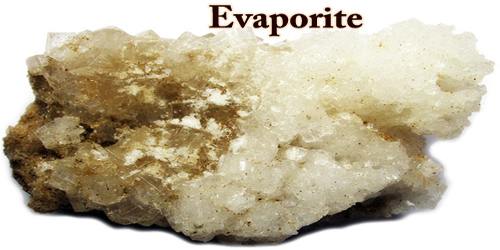The Santa Pola salt flats contain a pigment that has been found to have anti-cancer properties by the University of Alicante Applied Biochemistry research team in collaboration with scientists from the Alicante University Hospital Dr. Balmis (HGUDB) and the Alicante Health and Biomedical Research Institute (ISABIAL).
The “halophilic archaea,” a group of bacteria that produce this pigment, have been studied in numerous forms of breast cancer for their ability to inhibit tumor growth.
Professor in Biology and director of the group Rosa María Martínez explains that this important finding, which has been published in the journal Scientific Reports, began with the development of Micaela Giani’s Ph.D. thesis.
There, she used in vitro experiments to show the pigment’s antioxidant activity and its impact on enzymes (biocatalysts) that are connected to diseases like diabetes or the metabolic syndrome.
After these findings were made public, people began to wonder what would happen if they added the pigment to cancer cells. They did this under the theory that since the pigment had an antioxidant activity that was nearly 300 times higher than that of other antioxidants, it might be able to inhibit the growth and reproduction of cancer cells.
In this second phase, the research group has worked in collaboration with Dr. Gloria Peiró, pathologist at the HGUDB and lecturer in the UA Department of Biotechnology, and Yoel Genaro Montoyo-Pujol, Ph.D. in Experimental and Biosanitary Sciences and researcher also at the UA, both belonging to the breast cancer and immunology research group at ISABIAL.
This collaboration allowed for the in vitro testing of this pigment’s effects on cell lines that represented several intrinsic phenotypes of breast cancer as well as a line of healthy breast tissue.
Martnez claims that they have come to the conclusion that the pigment, in certain levels, has no negative effects on healthy cells but does have a growth-limiting effect on neoplastic cells. She also emphasized how this discovery opens the door to biomedicine and the development of novel cancer prevention measures based on the use of natural substances that are not damaging to the body.
Extremophilic bacteria known as halophilic archaea need a hypersaline environment to survive, which is why they are primarily found in hypersaline lakes, inland salt marshes, and coastal salt marshes. These microorganisms synthesize rare C50 carotenoid pigments called bacteriorruberin (BR) and its derivatives monoanhydrobacterioruberin (MABR) and bisanhydrobacterioruberin (BABR).
According to the researcher, there are a number of phases that need to be developed based on this discovery. The first is expanding the study to include various cell lines from other types of tumors, followed by tests on tissue samples from biopsies or surgical specimens to design potential treatment protocols using this pigment.
Finally, animal studies must be conducted before the pigment can be used in clinical settings on patients.
















